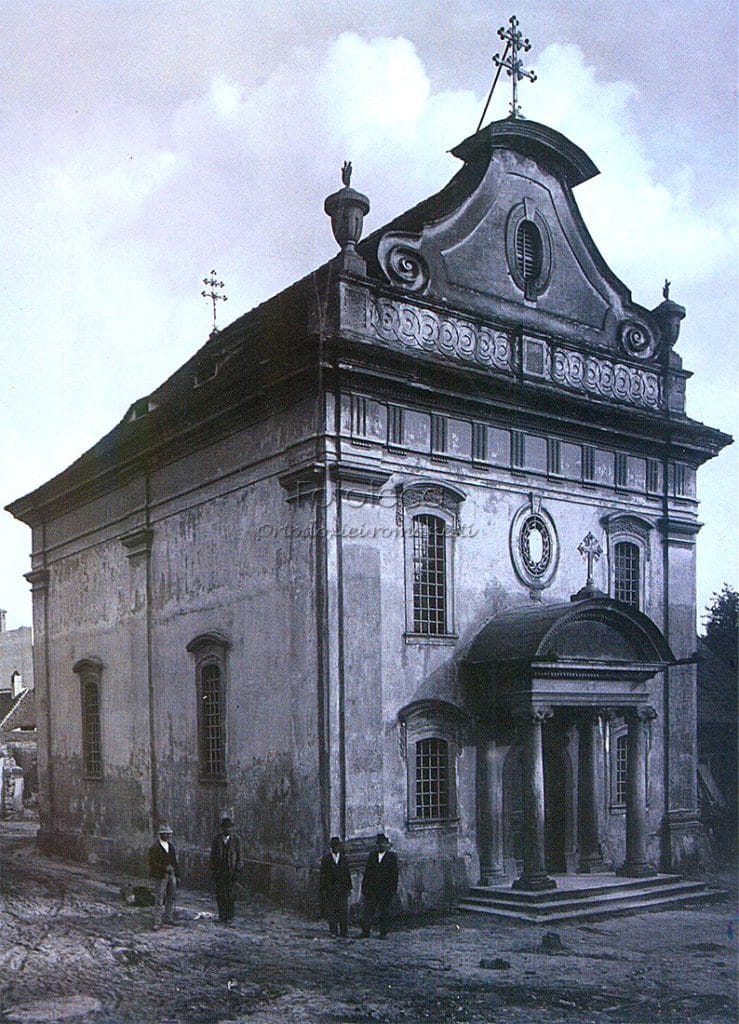Who writes history? And why should we care?

History is not neutral. It is written by those with the power to record, to preserve, to silence, and to elevate. It is shaped by chroniclers, artists, and rulers—but also by the omissions, the forgotten voices, and the fragments left behind in stone and canvas.
To care about history is to care about identity—not only as individuals, but as communities. It is through history that we understand how faith shaped cities, how art spoke to power, and how culture became a language of belonging. Without this thread, we risk drifting—cut off from the stories that made us and the choices that will define us.
History is not just in books. It lives in walls, in sacred spaces, in galleries and streets. And to walk through them consciously is to ask: What does this say about us? About me? About what we choose to remember?
As the writer Eduardo Galeano observed,
“History never really says goodbye. History says, ‘See you later.’”
Each time we step into a church, a salon, or a museum, we encounter traces of those who came before—echoes of their fears, their beliefs, their ambitions. And in those traces, we recognize our own reflection.
When we engage with history, we do not simply inherit a narrative; we enter into a dialogue. To ask who writes history is also to ask: Who are we allowing to write our story today? In this way, caring about history is an act of responsibility, a means of grounding ourselves in something larger and more enduring than the present moment.